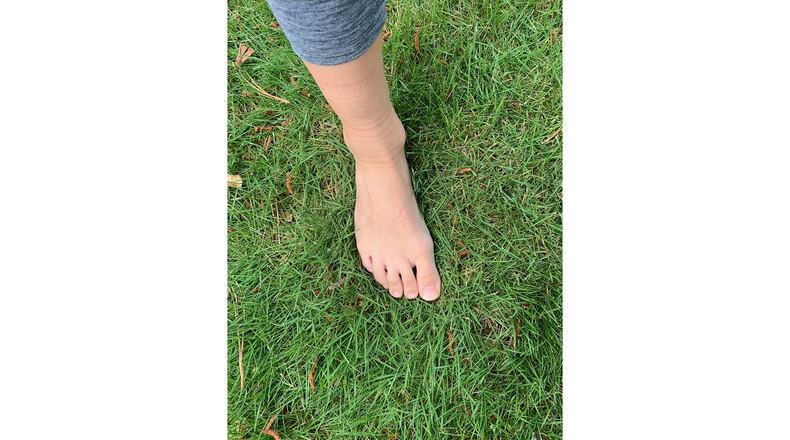Q: I had Emerald zoysia installed over freshly tilled soil last August. It looked great then, but it naturally turned brown during the winter. What are the best maintenance practices to keep it looking good in future summers? Gus Callaway, Decatur
A: Emerald zoysia is an excellent grass. It grows so thickly that it chokes out weeds. But it can have problems with thatch accumulation due to the high amount of slow-to-decompose silica in the blades. Proper lawn maintenance helps avoid problems. First, you need the exact measurements of the lawn’s area and some bathroom scales. Zoysia likes to be fed a little at a time, in doses of 1/2 pound of actual nitrogen per 1,000 square feet. Decide on the fertilizer you’ll use. It should not contain weed killer or weed preventer. Take the first number on the bag and divide 50 by that number. The result is the number of pounds of your fertilizer that will deliver 1/2 pound of actual nitrogen to 1,000 square feet of your lawn.
EXAMPLE: If you choose to use 29-0-4 fertilizer, 50 divided by 29 equals 1.7. So you should apply 1.7 pounds of 29-0-4 to every 1,000 square feet each time you fertilize. Calibrate the spreader for 29-0-4 by putting it on the smallest setting and spreading 1.7 pounds of fertilizer over a measured 1,000 square feet.
Adjust the spreader to apply your chosen fertilizer at the rate you calculated for it. Apply after full green-up, then mid-late June, then August. Don’t fertilize after September. Sharpen your mower blade at least twice each season, and keep the grass 2 inches high and it will look great!
Q: I have a mole problem at my cabin in North Carolina. Any thoughts about getting rid of the cute pesky residents? I have a sod roller I sometimes drag behind my mower. Jeremy Scott, email
A: I have seen a lot of cabins in the mountainous areas of North Georgia and North Carolina. Fescue is the most common lawn grass, and if there are a few weeds, many times the owner’s attitude is “So?” In my opinion, mole control in lawns like these simply isn’t warranted. Poisons and traps have to be tended daily for any hope of control. Most cabins are used only on weekends. My advice would be different if you had a manicured lawn. You can use the sod roller when you’re there to make the moles’ roofs collapse, but I think that’s enough.
Email Walter at georgiagardener@yahoo.com. Listen to his occasional garden comments on “Green and Growing with Ashley Frasca” Saturday mornings on 95.5 WSB. Visit his website, walterreeves.com, or join his Facebook page at bit.ly/georgiagardener for his latest tips.
About the Author
The Latest
Featured

